The software world grows exponentially, with new products being developed every week. The market for providing the broadest spectrum of services and conquering the niche is fiercer than ever.
However, there are many SaaS challenges businesses struggle with. In this piece, we will take a closer look at those factors and develop potential solutions. Defining potential mistakes beforehand may save a lot of time and effort when building a SaaS product.
1. Doomed startup idea
Challenges that SaaS businesses face can form the idea that many startups fail. In fact, many of them have been doomed since their very foundation day, but why? The most common reason is that they’re enthusiastic but don’t really solve any problem. It can also be vice versa – they solve things people aren’t interested in solving. Fortunately, every problem can be fixed with just the right treatment.
Apply lean startup methodology
Lean startup methodology involves validating your initial idea using the minimum viable product and collecting the first users’ reactions to your offer. The MVP services are particularly useful for quickly testing your idea in a fast-paced environment like a SaaS business.
Imagine investing in a full-scale business that cannot pay off. Naturally, the investment vanishes, leading you to not very pleasant consequences. Getting an MVP (minimum viable product) before releasing the final product is a winning approach to your SaaS startup. Not only it saves a lot of time, but it is also beneficial in terms of saving money.

2. Lack of market research
This includes poor target niche choice and a mediocre design that doesn’t attract customers. Poor research can also fail to reveal a vast number of competitors. Proper market research is one of the first things to be done before launching any product. It is a very complex process that reveals many useful points to consider.
Conduct product discovery
At Codica, we cover this vague point in our product discovery process. During this phase, we evaluate your idea, consider how to make it profitable, and build a brand around it. The process may look simple, but it is packed with numerous practices to overcome the biggest challenges facing SaaS businesses today.
At this stage, we turn your idea into a detailed plan employing an analytical approach to predict further growth. We help our clients spot future rivals, compose a valid monetization model, figure out the target audience, and evaluate profitability terms.
3. High competition
As time goes by, the competitive edge grows exponentially, and SaaS businesses zealously endeavor to deliver more and more solutions to stay in the market. As of 2024, the SaaS tools market is expected to be worth $232.3 billion.
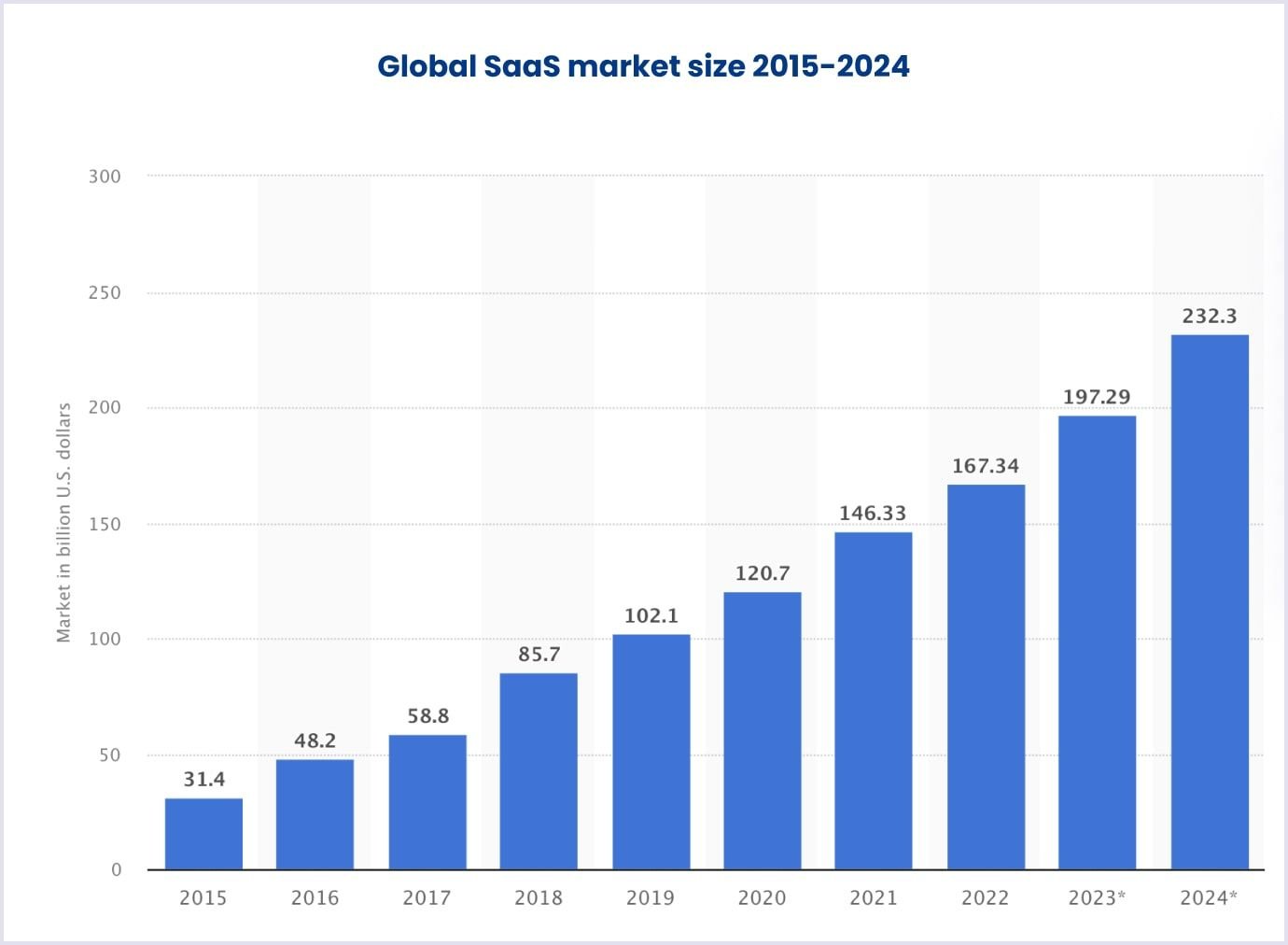
Choose a narrow niche
The majority of modern SaaS applications have alternatives. Some of them differ in price, some in functionality or the technology used. Offering your users a unique experience is the right way to make your SaaS business thrive in such a competitive environment. Simply put, if your apps provide something unique that users wouldn’t be able to find elsewhere, you can expect a rising tide of SaaS customers.
Read also: 26 SaaS Application Ideas for a Profitable Product in 2024
However, this approach might not be that easy. It requires a combination of creativity and solid planning experience. In other words, there’s often a feeling that SaaS apps are middling and nothing new can be created because people have already done it.
In this scenario, it would be worth projecting the innovation on a niche you plan to conquer. To deploy a profitable business, try to think of people's problems and how your enterprise can help solve them. Luckily, Codica has the right example of such a custom enterprise software solution - a SaaS platform for bakery business.
The startup goal was fairly simple – facilitating the bakery business's administrative side. So the experts spend more time doing what they actually love instead of doing what they have to.
CakerHQ did what we discussed in this paragraph—it brought innovation and found its place in a narrow niche. Our client had the idea to facilitate business relations between customers and cake bakers, and we helped to enliven it. As a result, we built a robust and highly responsive platform with an eye-pleasing design and great functionality. Here’s what our client Lisa said about evaluating her idea and its necessity on the market.
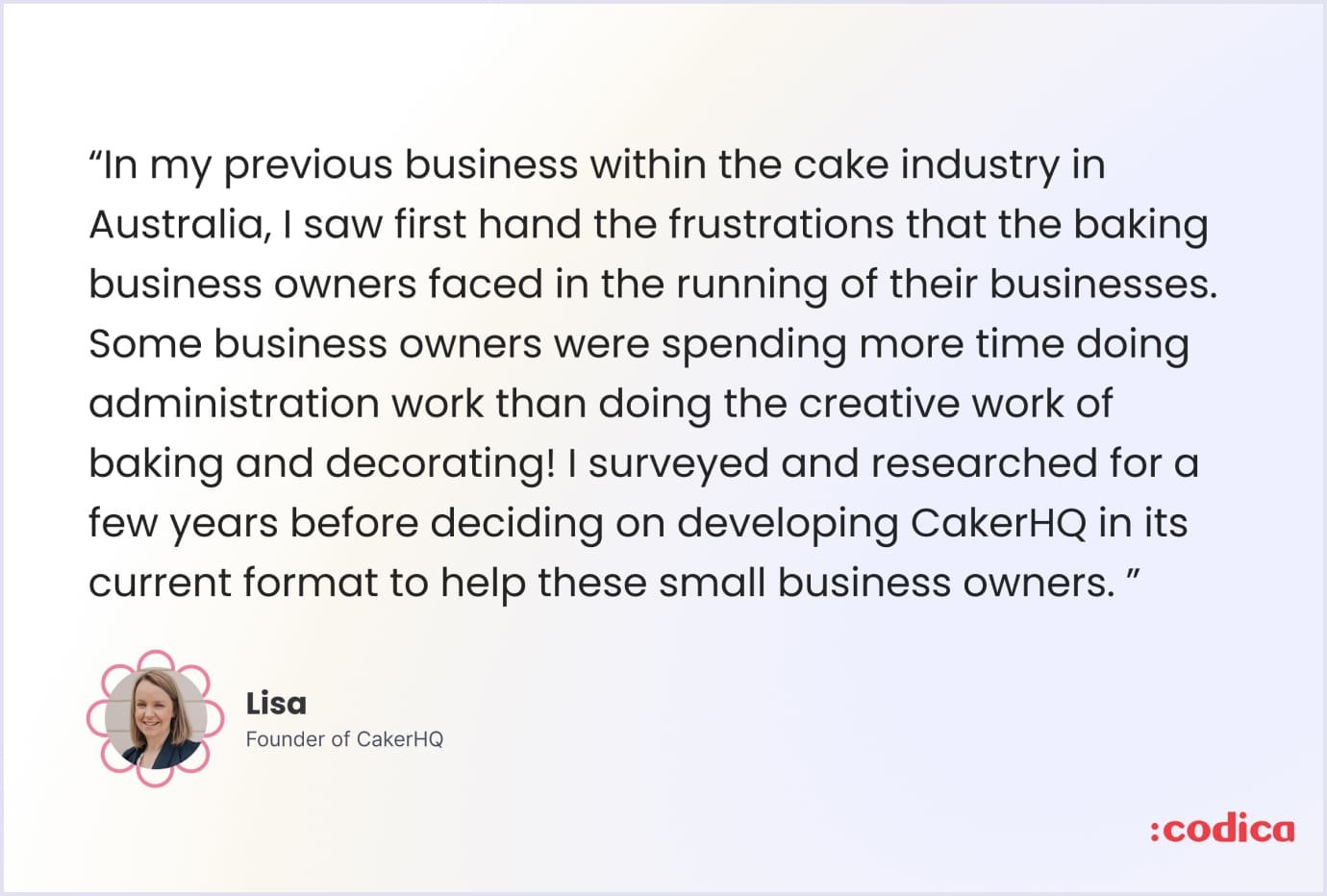
4. No steady stream of revenue
SaaS tools need either a huge initial investment to kickstart or regular revenue to survive in the market. Lack of income leads to very unpleasant decisions you will have to make. In this matter, reducing the number of team members is not unheard of.
Also, a SaaS provider with a tight budget can rarely invest in developing additional features or adding new content to the app. This is the point where you, as a service provider, don’t want a startup to end up. Here’s an option for how to improve this aspect.
Choose the right monetization model
In SaaS apps, choosing the right monetization model is crucial. However, it’s not as simple as it might occur. The thing is, there are dozens of different models suitable for other apps. There are many types of models, including in-app ads, usage-based pricing strategy, in-app purchases, or monthly and annual subscription plans varying in price or time span.
Related reading: Top 10 SaaS Pricing Models: Pros and Cons of Each Example
5. Wrong churn treatment
First, customer churn is the percentage rate of users who canceled their subscriptions. It is an essential metric in forecasting revenue growth and evaluating SaaS usage. Accordingly, wrong churn treatment doesn’t eliminate the issue. Instead, the inappropriate treatment worsens it, making people abandon your platform without any understandable reason. Here’s how SaaS businesses often treat customer churn.
Regularly update your app
Churn often appears when users feel bored. In today’s fast-paced environment, keeping your users entertained is crucial. Look at Slack, for instance. The app is not only comfortable to use but is quite safe in terms of security perspective.
Thanks to numerous excellent features, Slack remains a premium-tier app for work all over the globe. Slack offers various features like accessibility, huddles, Slack Connect, and even third-party integrations to ease the work routine. Obviously, all these features weren’t released in one package. Instead, the team has constantly been improving its SaaS solution making it more stable and accessible to anyone.
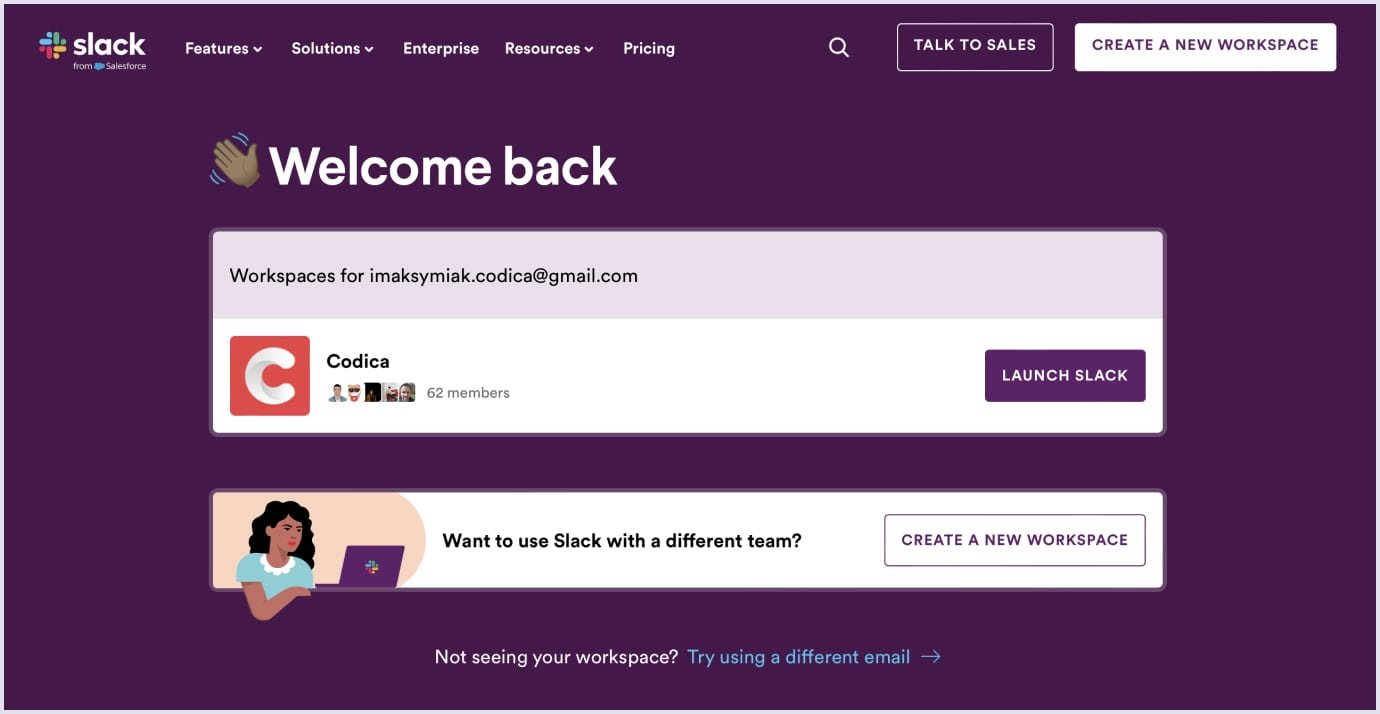
Hence, it is one of the most outstanding examples of wonders regular updates can do to your app. Based on Slack’s example, we can assume that releasing new content is a time-consuming but highly effective way to keep your users engaged and decrease churn.
6. Poor customer base
There are various practices to grow this base. A reliable marketing strategy includes numerous tools to increase the number of customers. Most SaaS businesses use email marketing, and some share free trials or invest in advertisements. Besides, it heavily relies on understanding potential customers’ needs, and there are appropriate practices to attract them using various activities or ads. Instead of repeating known techniques, we thought of growing the customer base differently, and here’s our idea.
Offer irresistible value
To attract more people with a SaaS product, you must bring an irresistible value to the market that people would rate higher than what your competitors provide.
It can be a more flexible and affordable subscription system, regular thematic discounts, or unique functionality. Let’s look at Spotify's offerings and what helps it surpass competition.
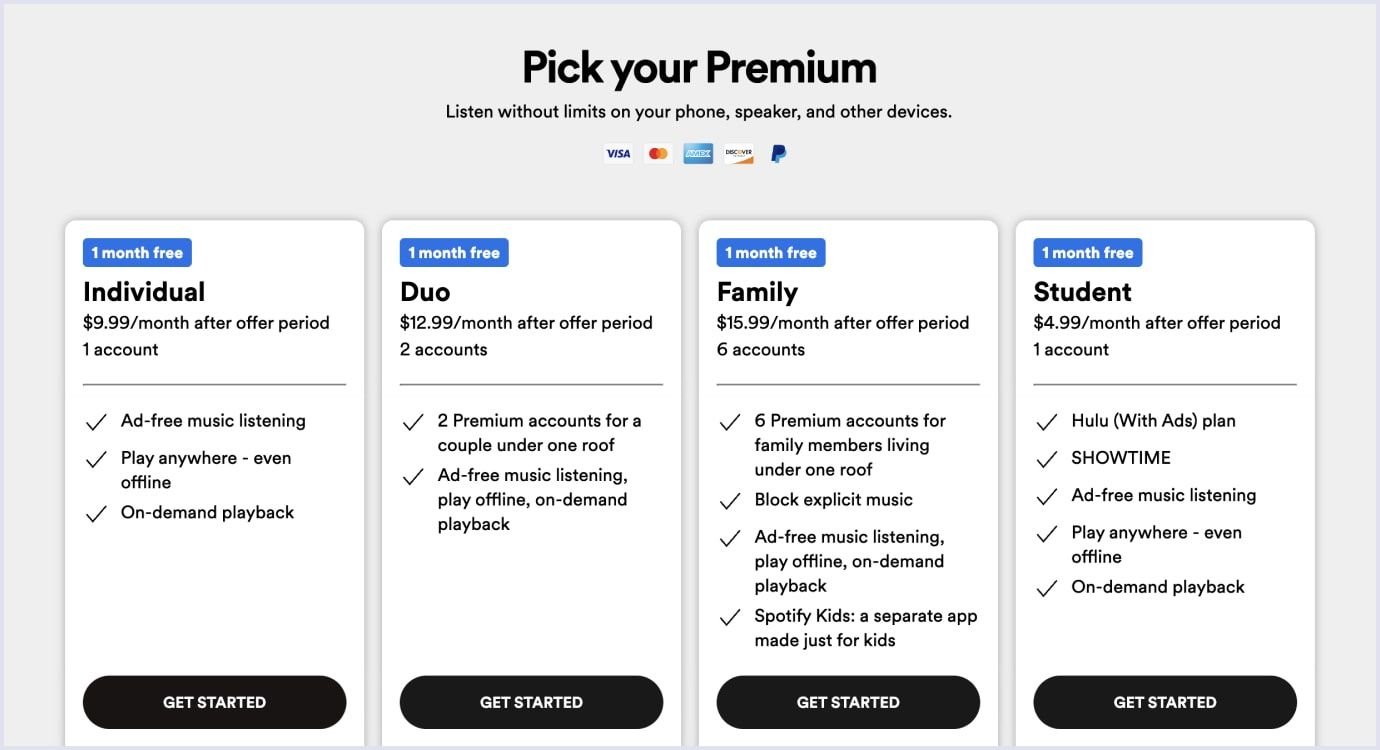
Thanks to the well-thought-out monetization system, Spotify easily covers users with different payment preferences. Moreover, it offers a wide variety of music for a comparatively small charge. App algorithms wisely understand users’ music preferences, allowing them to discover new songs on a weekly basis.

7. Remote work
The remote work model only recently became popular, and it has its own pros and cons. In SaaS business, it can strongly influence new employees' KPI (key performance indicator), resulting in lousy efficiency on the whole project. To level the damage, most companies implement various principles, one of which is agile.
Adhere to agile methodology
Agile methodology is a set of practices to speed up and improve the development process by dividing it into smaller phases. When the world switched to remote work, efficient methodologies became quite popular.
Besides methodology, there are several supplementary aspects worth mentioning.
- Sprint. It represents a short and highly controlled time-limited event when the team has to develop a certain feature.
- Meetings. In Codica, for example, we strictly adhere to our meetings schedule to eliminate the lack of communication because of the remote work model. Hence, each team has daily meetings to share updates, compare them to the plan and set new tasks.
- Tools. In order to eliminate the remote work flaws, we supplement our work process with additional tools. They allow us to stay transparent and keep all team members notified about what is going on. For instance, we take advantage of Jira and Trello, where boards with tasks are accessible to everyone.
You may also like: The Essence of Minimum Viable Product (MVP) Agile Methodology
8. Insufficient capital
SaaS companies risk running out of cash. They can barely rely on their revenue from sales, not to mention the funds you need during the development stage.
Find the investor
To kickstart a SaaS business, you need an initial investment to hire people and advertise your product. You need to do everything possible to attract any type of investment. Nonetheless, angel investors and venture capital firms are the two most popular options for boosting a SaaS company.
Angel investors are individuals who support the company in the early development stage. They are also helpful regarding the experience you can gain, as they usually have a strong entrepreneurial background, and they’re pretty aware of challenges in the SaaS business.
Another option is venture capital companies, which often consist of several investors with more significant sums. However, this type of investment sets high expectations for your business to grow and payback the invested money.
Speaking of platforms to consider, you can give a try to GlassDollar, Wellfound, and SeedInvest. Besides, here are what metrics the latter boasts and what people say about it.
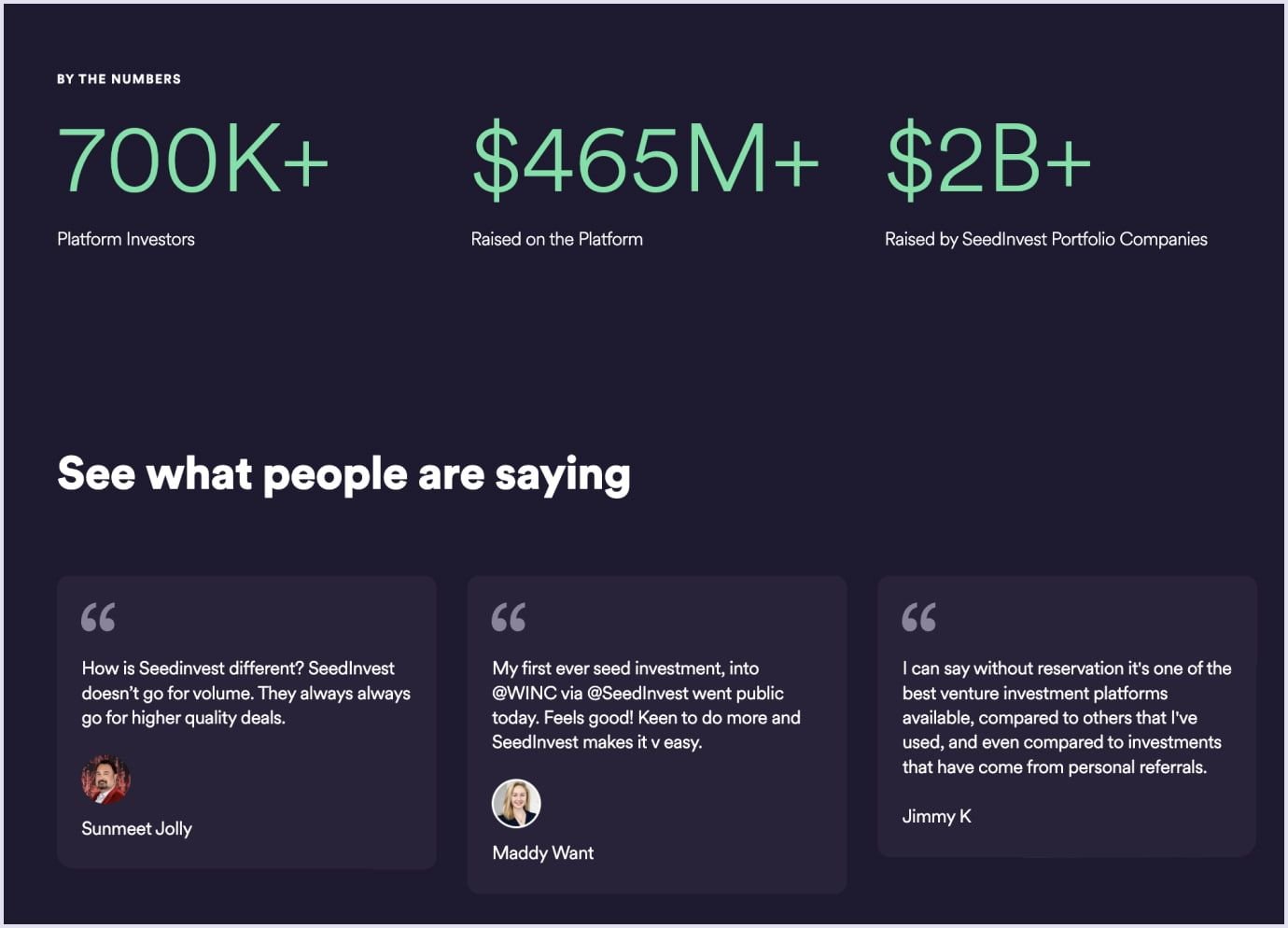
9. High management prices
Because of the expansion, today’s teams must include numerous specialists with high expertise levels. Thus, managing prices rise and finding or composing the right team to handle your product becomes harder.
Balance professionalism and value
In 99% of cases, you would need a development IT team to build and maintain a product. With cloud app development services, hiring an experienced team is costly, so finding the right balance between expertise and affordability is essential.
Practices to lower costs include finding a development team with the most relevant experience. The skilled team can significantly reduce the development time without losses in quality. Besides, you can explore other markets, such as Eastern Europe. You can expect slightly lower hourly rates and average price points when hiring developers there compared to the US market.
Codica has been delivering robust SaaS development services for almost a decade. Speaking on behalf of our expert team, we have a sturdy yet growing knowledge of building and managing SaaS products.
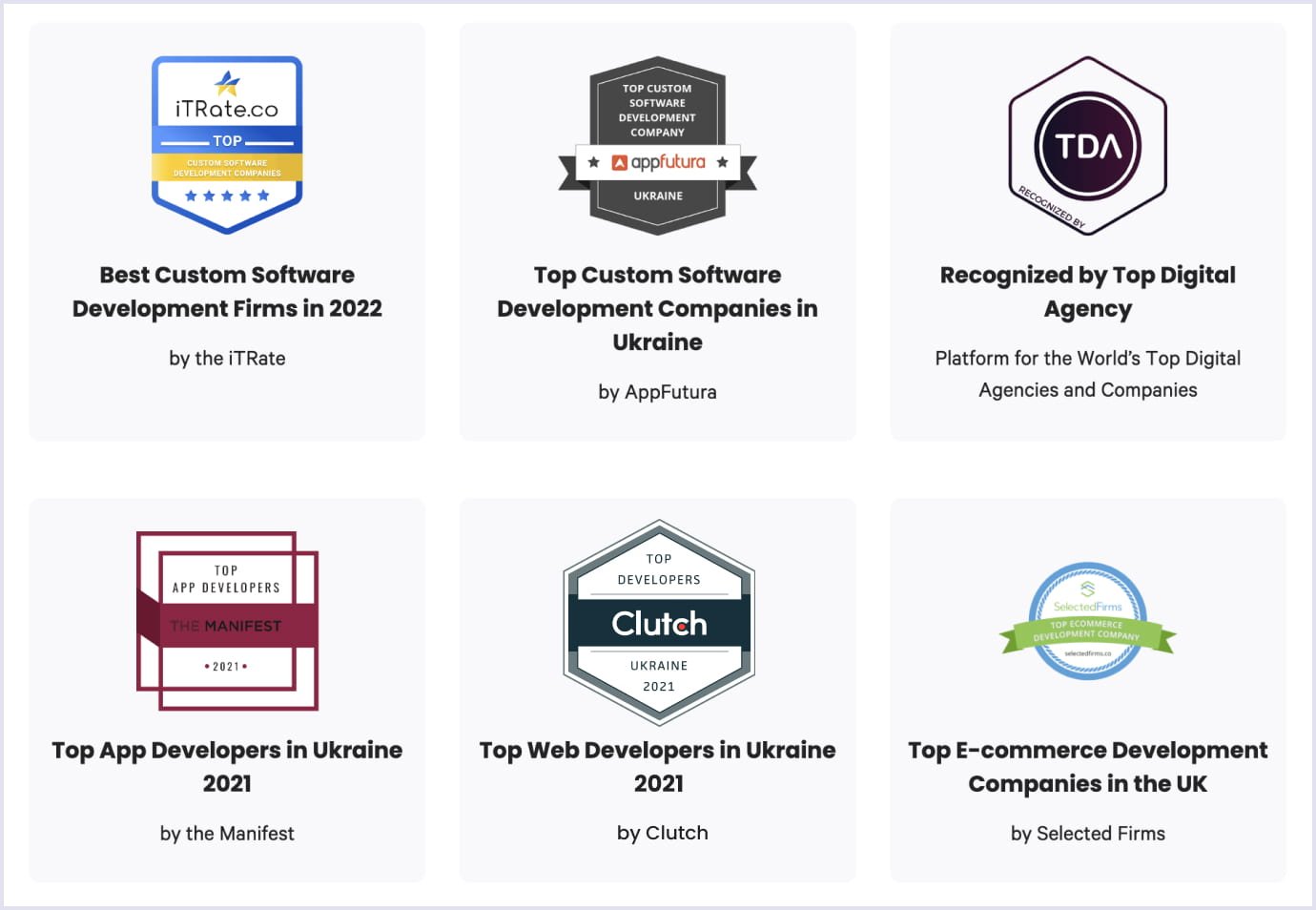
10. Low retention rate
Poor design, monetization, or content choices may lead to various issues. A low retention rate is not unheard of, as many businesses suffer from it. In a nutshell, this metric defines the percentage of customers who keep on using the product over a certain time span. A low retention rate significantly affects stability, decreases revenue, and causes user churn. Luckily, there’s a way to address this issue.
Pay attention to reviews
Giving users the ability to rate your product, app, or service is vital for your ongoing improvements. Some ratings and reviews may reveal an issue you could never find on your own. For example, new customers may suggest adding more security over sensitive data or integrating more valuable features. There are various ways to implement review functionality into the process naturally.
On the one hand, you can put a pop-up window asking for a review between your product's screens. If placed correctly, it doesn’t interrupt the user flow and, thus, doesn’t feel annoying. Naturally, you need to catch users in the moment of satisfaction, say after they liked a post, finished an episode of the series, or after a productive call.

On the other hand, you can always leave a neat ‘give feedback’ button at some place where users will see it. It won’t interrupt the usage, but it will be less effective than a pop-up request.
Another good option to have feedback on your app is a beta test. Companies and even indie developers regularly release beta versions of their products first. Basically, the beta test provides limited but enough functionality to users in order to see whether they like certain features or elements.
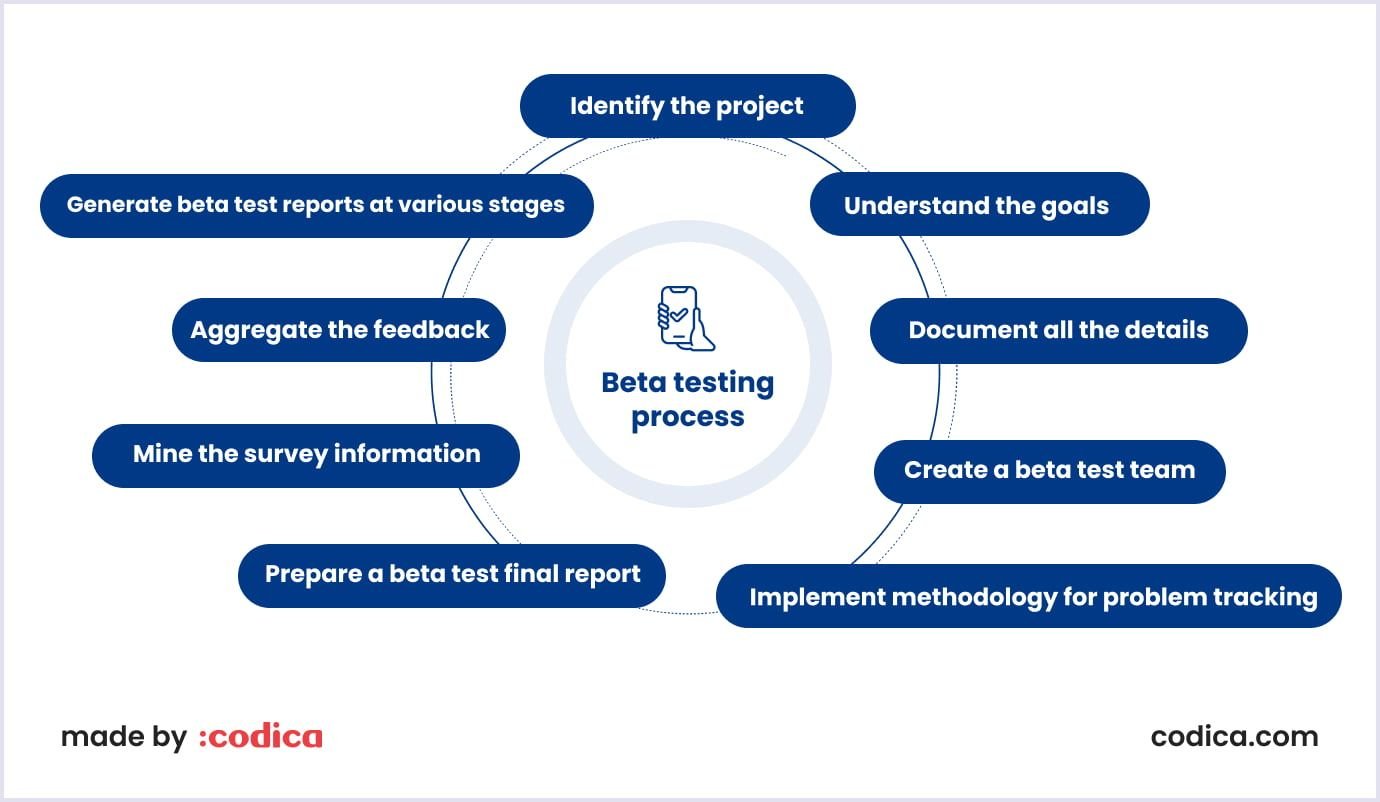
Bottom line
SaaS business challenges are not stop signs, they are guidelines. Combining our passion for helping our clients and developing cutting-edge technologies, we did our best to show that every issue has a solution. In our portfolio, every case is about a problem our clients want to solve and the Codica team, who deliver the best quality product.
Throughout the years, our expertise has grown exponentially. We tried our hand at various projects and learned a good lesson to treat problems like opportunities to evolve. Hence, we would love to put our hands on your idea and enliven it. Don’t hesitate, feel free to contact us!
